Easy science for kids! My kids always get excited when they know that we are doing a science experiment. “It’s like magic, but better,” they tell me.
Children are naturally curious about the world around them. They want to learn and they often have a lot of questions about things they have seen.
Rocket science is often a topic that comes up when I teach. Many young children are fascinated by rockets and how they work.
Today we talked about how a rocket ship blasts off into space and then I had my kids guess how they thought the rocket was able to do this.
This balloon rocket science experiment is a great activity for home or school and perfect for outdoor learning.
I have done this balloon rocket experiment with children as young as four and again when I taught grade two as we covered our science program. Even older children will love the experiment, and the learning that goes along with it.
I have done the experiment two different ways. You can use one balloon and have everyone watch together, like a presentation, or give small groups the materials and let them experiment together.
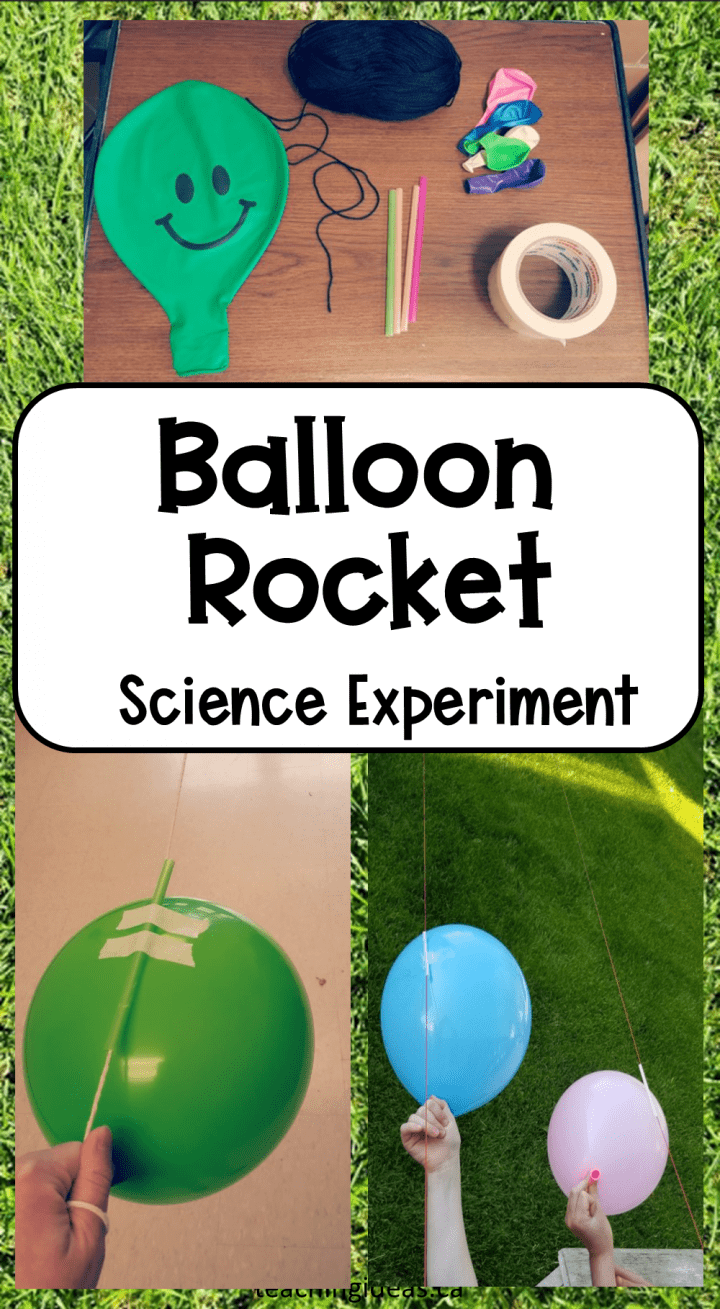
Personally, I always love when I can give children the materials, and the instructions, and they can learn and experiment with their own hands. In my opinion, this is when the best learning takes place.
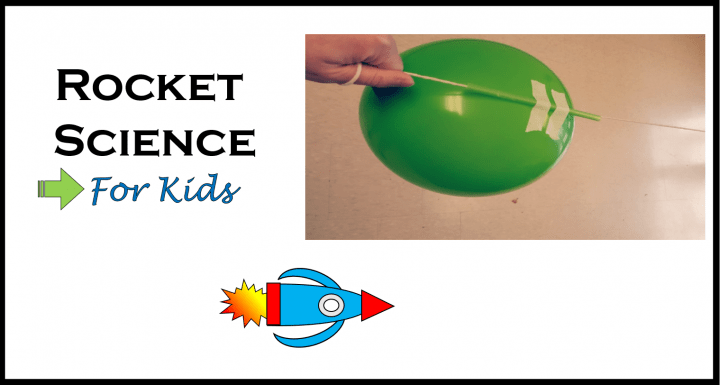
All science experiments should always be done with an adult supervising and involved in the activity. Make sure to do the activity in a safe spot and make children participating are old enough to use the materials.
Materials
You don’t need any special or expensive materials to do this experiment. All of the materials are fairly simple and you may already have many at home.
- Balloons
- Tape
- Straw
- String
The only suggestion that I would make as far as materials is that large, smoothie type straws work best.
Although you can’t replicate actual rocket science for kids, this experiment does give kids a basic idea of how rockets work.
Plus it is just a really fun, hands-on science for kids experiment that gets kids excited as they learn about the world around them, and science.
With this experiment, you will create your own model that works in a similar, but very basic way compared to a rocket, but done in a way that is easy for kids to understand.
Even young children will have fun with the experiment. Don’t worry if kids don’t understand the technical science behind it, that’s not the intention.
Experiments, like this, simply give children a basic understanding of rocket science – and hopefully a love of science.
I always enjoy preparing activities in science for kids because it is hands-on and kids love it!
Rocket Science Worksheets
When I do this experiment, I have children follow along and predict what they think is going to happen on worksheets.
This encourages their writing development and adds to their understanding by putting their thoughts into words.
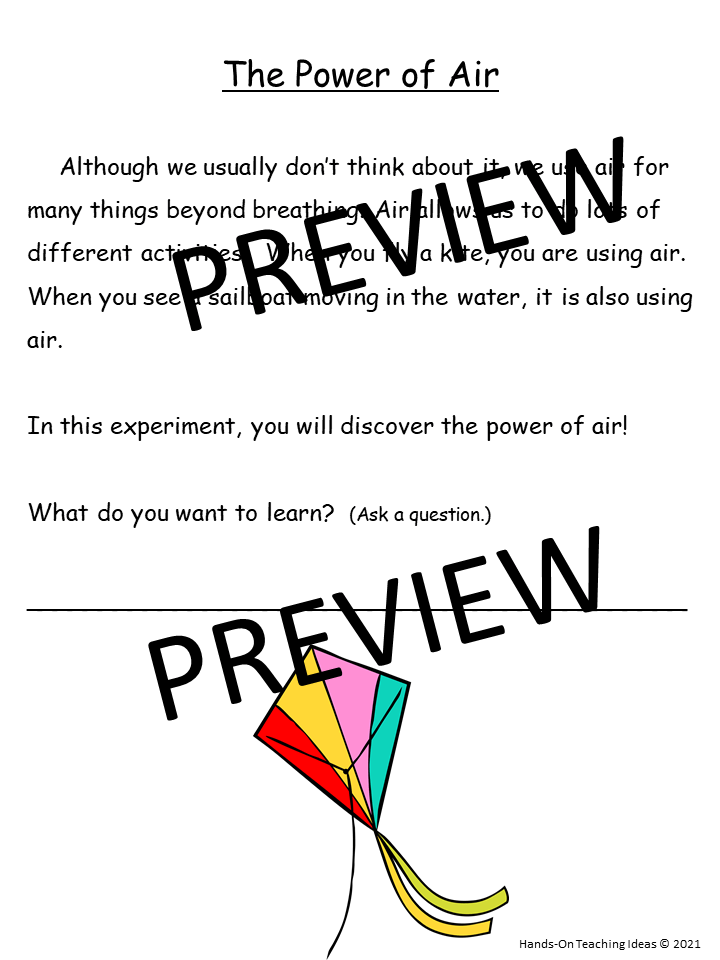
The worksheets I created to align with this experiment are available. (Click “The Power of Air” image below).
Without the worksheets, you could simply have children keep track of their predictions and observations and results as they do the experiment.
Rocket Science for Kids Steps
First, I blew up a balloon and asked everyone what would happen if I let go of it. I then let it go! They loved watching it zip around he room and then fall to the ground.
We used this idea of movement for our experiment.
I then tied one end of a piece of string to secure it. Next I slipped the straw through the string and brought the straw to the end.
Then I tied the other end of the string to the other end of the hall. Make sure to tie the string so that the string is tight and straight.
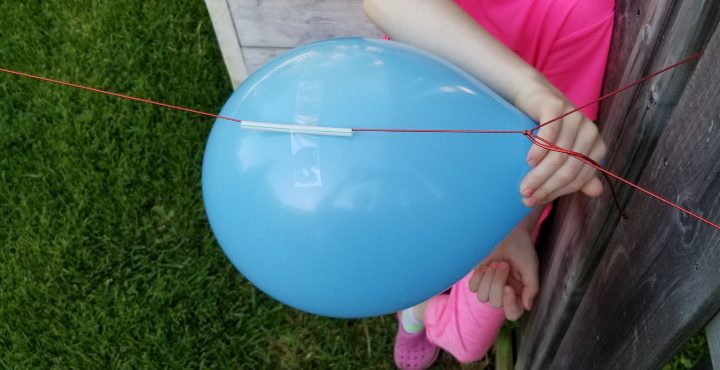
If the string is not tight, the balloon will not go as far.
Next, I blew up a balloon, but did not tie it, and taped it to the straw as I held the end closed.
The balloon was now filled with gas (air).
Make sure to have the end that you are holding face towards the wall.
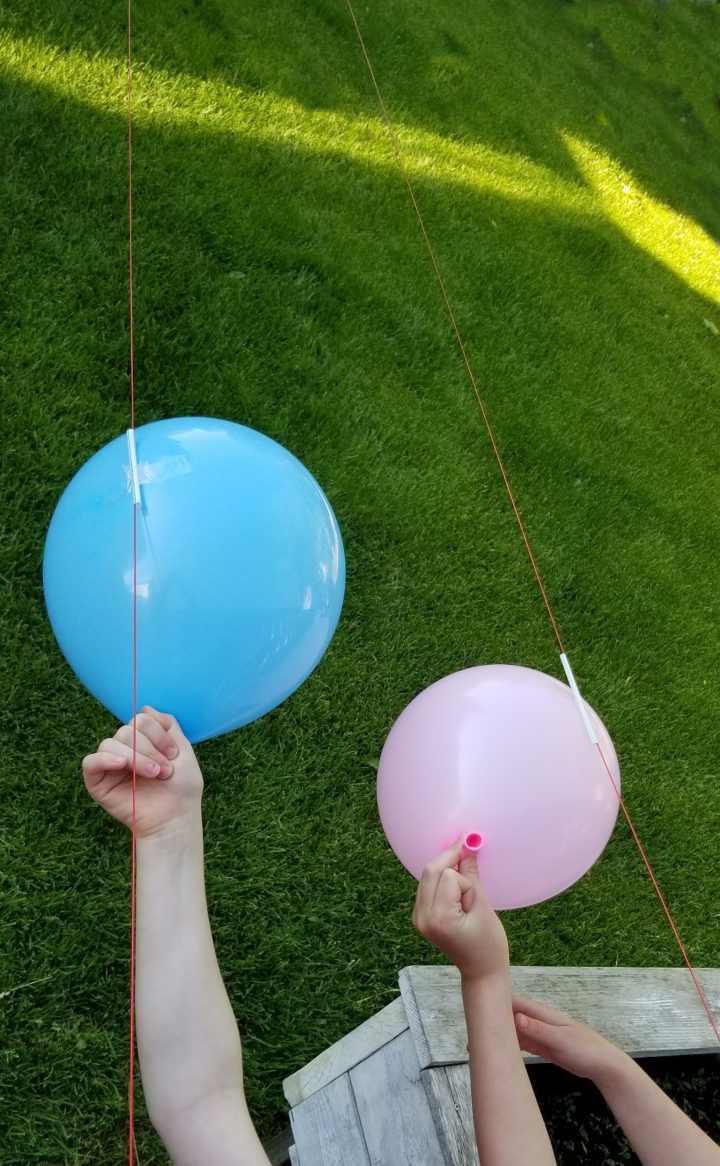
I had children guess what they thought was going to happen when I let go of the end of the balloon. After a few guesses, I then let it fly!
The balloon zoomed across the string! It should go several meters depending on how full you fill the balloon.
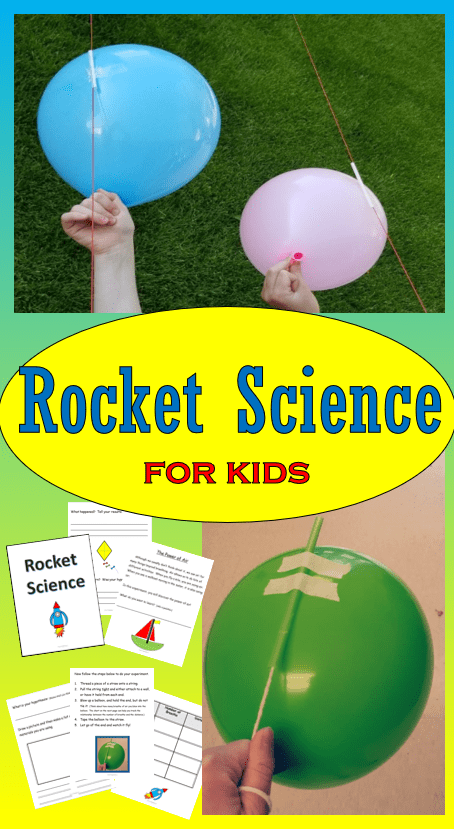
When you let the end go, the escaping air causes a force on the balloon. All of the air is forced through the small hole on the balloon which causes the balloon itself to react and zoom in the other direction.
Much like a rocket in blast off!
Science for Kids Extension Activities
Generally after children have seen the balloon zoom across the field or room, they are excited and want to learn more.
This is a great opportunity to try out some of the questions they have and things they are curious about.
Also, if your balloon did not go far, it is a good chance to talk to children about why they think it didn’t go far.
Was there too much air in the balloon? Was the string not tight enough?
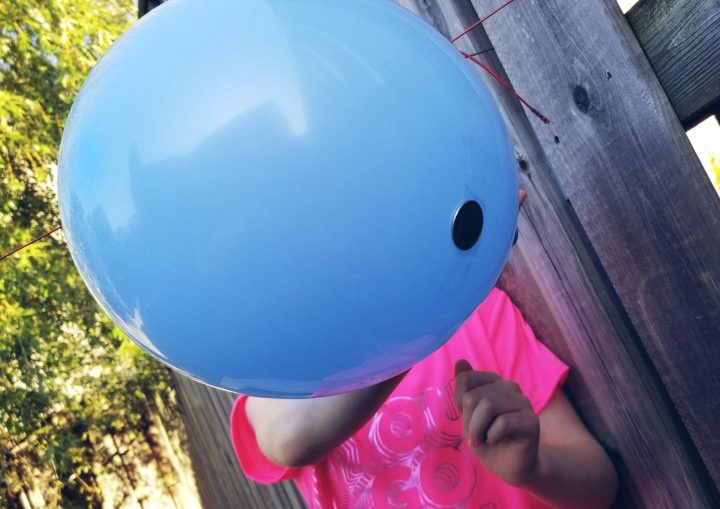
I suggest trying out the experiment a few times so that you, hopefully, get consistent results.
Let different children hold the string or let the balloon go. They will enjoy being part of the experiment.
Once you have done the experiment a few times, you can try blowing up the balloon more and seeing what happens. What happens if you only blow it up a bit?
The problem is that if the balloon is bigger, it sometimes spins and does not go as far. This leads to great discussion as to why and how we could fix this problem.
When our huge balloon ended up spinning around and not going very far, I asked my students at schoolhow they thought that we could solve the problem.
Their solution was to attach a small weight (a penny) to the bottom to keep the balloon from spinning. What a great idea!
This activity sparked many discussions and future experiments. Children were really curious what would happen if you attached 2 balloons and what about 3?
What would happen if you used the huge balloon? What would happen if you held the string up so that the balloon traveled down as it moved across?
The things that kids wonder, end up being the best part of teaching science for kids.
Another idea that we tried out when we did this science experiment at home was giving each of my kids a balloon. They choose how full they wanted their balloons and they spent a long time racing them against each other.
My favorite part was the experimenting that happened between each race as they improved their balloon (with coins etc.) and tried different amounts of air in the balloon.
Each time they were simply trying to make their balloon go further and faster, but they were also being little scientists as they experimented, tested and improved on their their ideas.
Since I initially did this experiment at school, we worked though each step together and had follow up sheets.
Below is the “Scientific Method” rocket science booklet that I use with my students.
FREE STEAM Choice Board
Join Hands-On Teaching Ideas to gain access to my Free Resource Library filled with lots of printable learning resources, from a choice board full of STEM activities and science for kids to escape room games, you can download anything that interests you for your classroom or home.
Download a FREE STEAM choice board.
For your convenience, this post contains affiliate links. As an Amazon Associate I earn from qualifying purchases and I may earn a small commission at no cost to you.
More Science Experiments for Kids
Looking for more hands-on science experiments? Check out this collection of over 80 science experiments that you can try out today!
More Hands-On Teaching Ideas
For more fun, hands-on experiments to do at home, or school, check out the activities below.

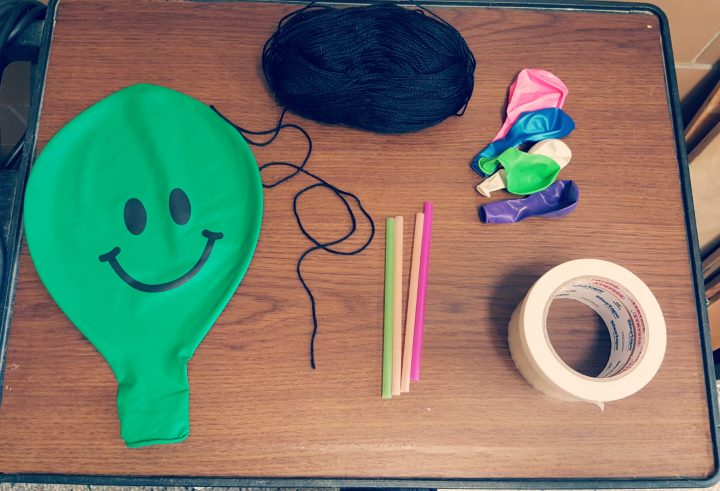
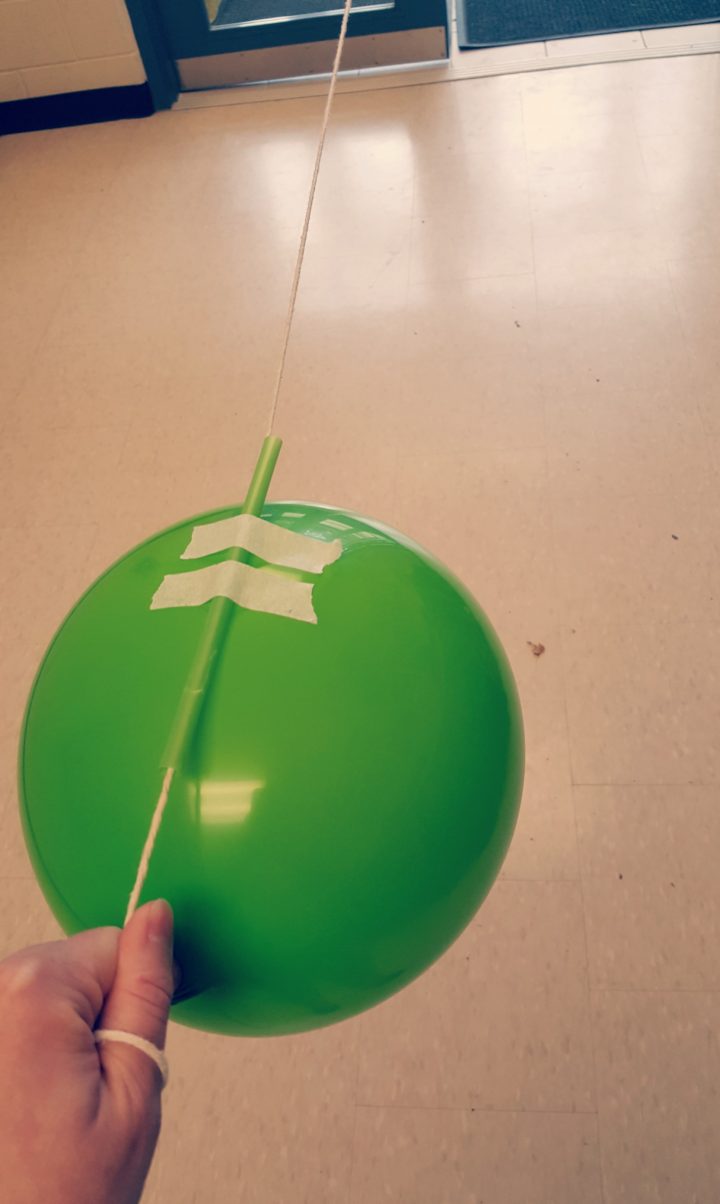
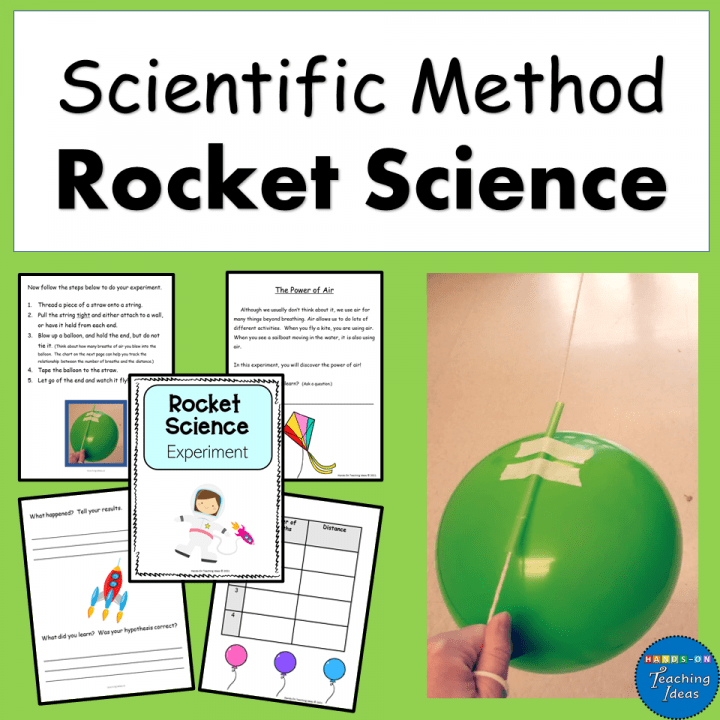




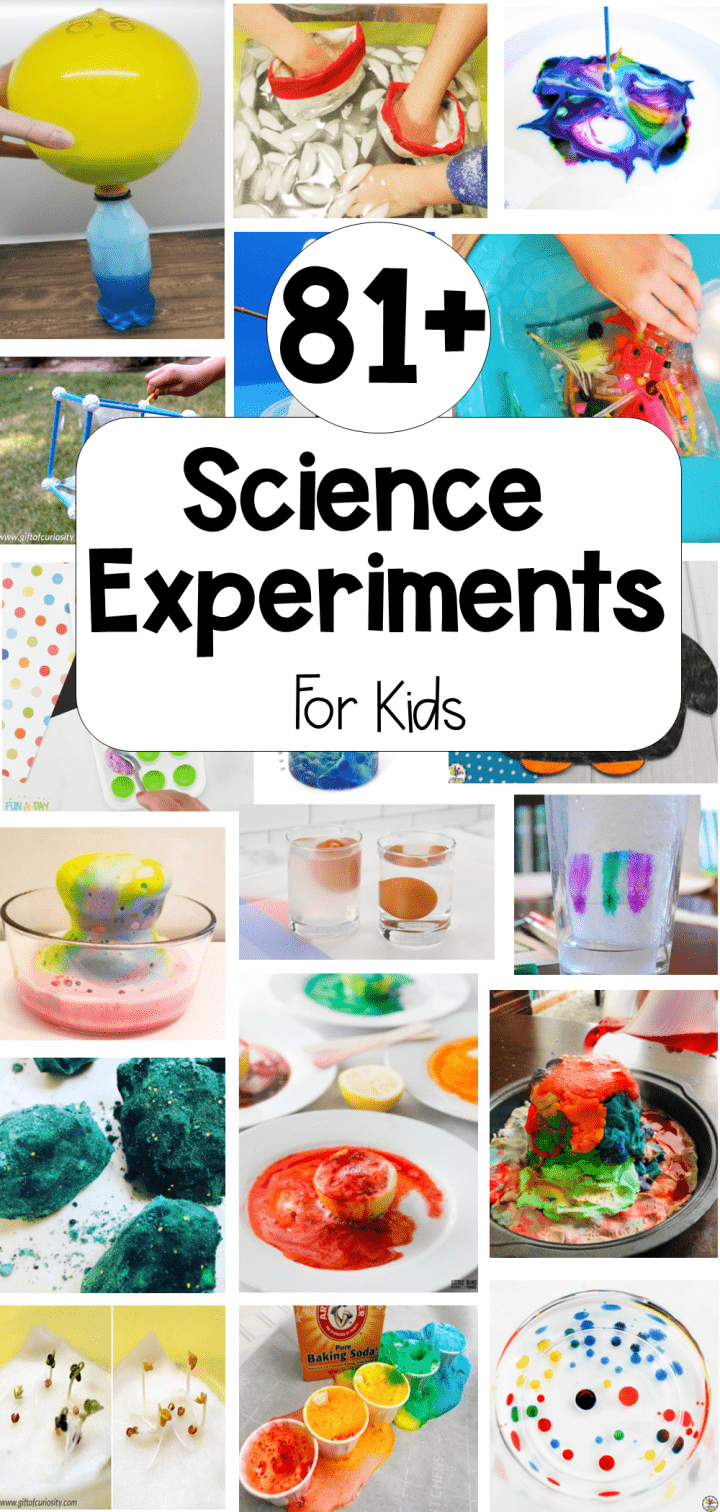
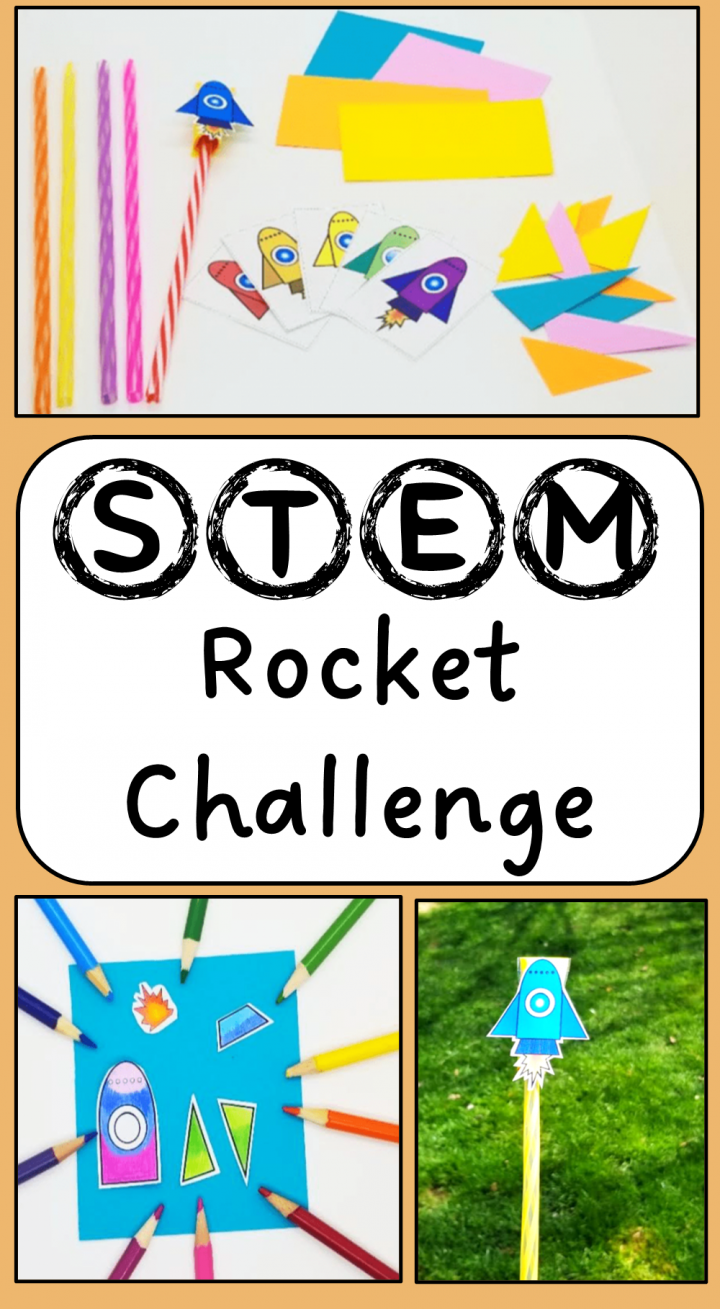
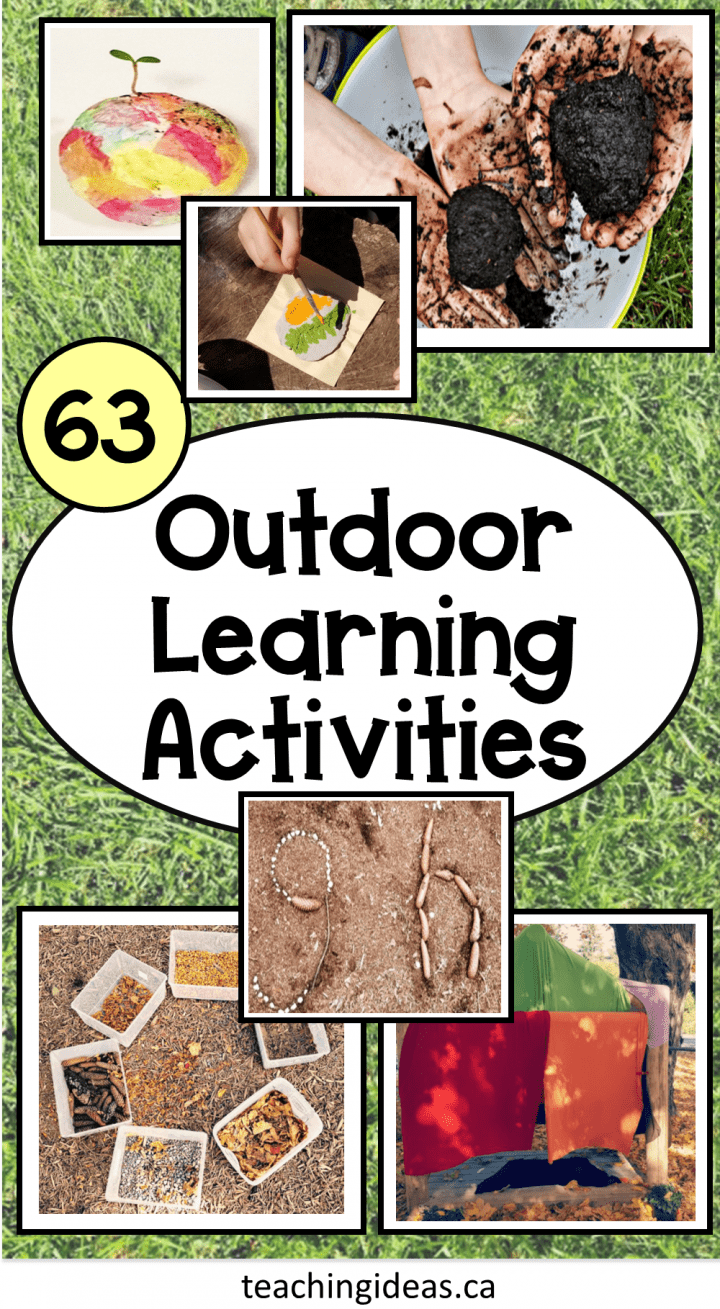
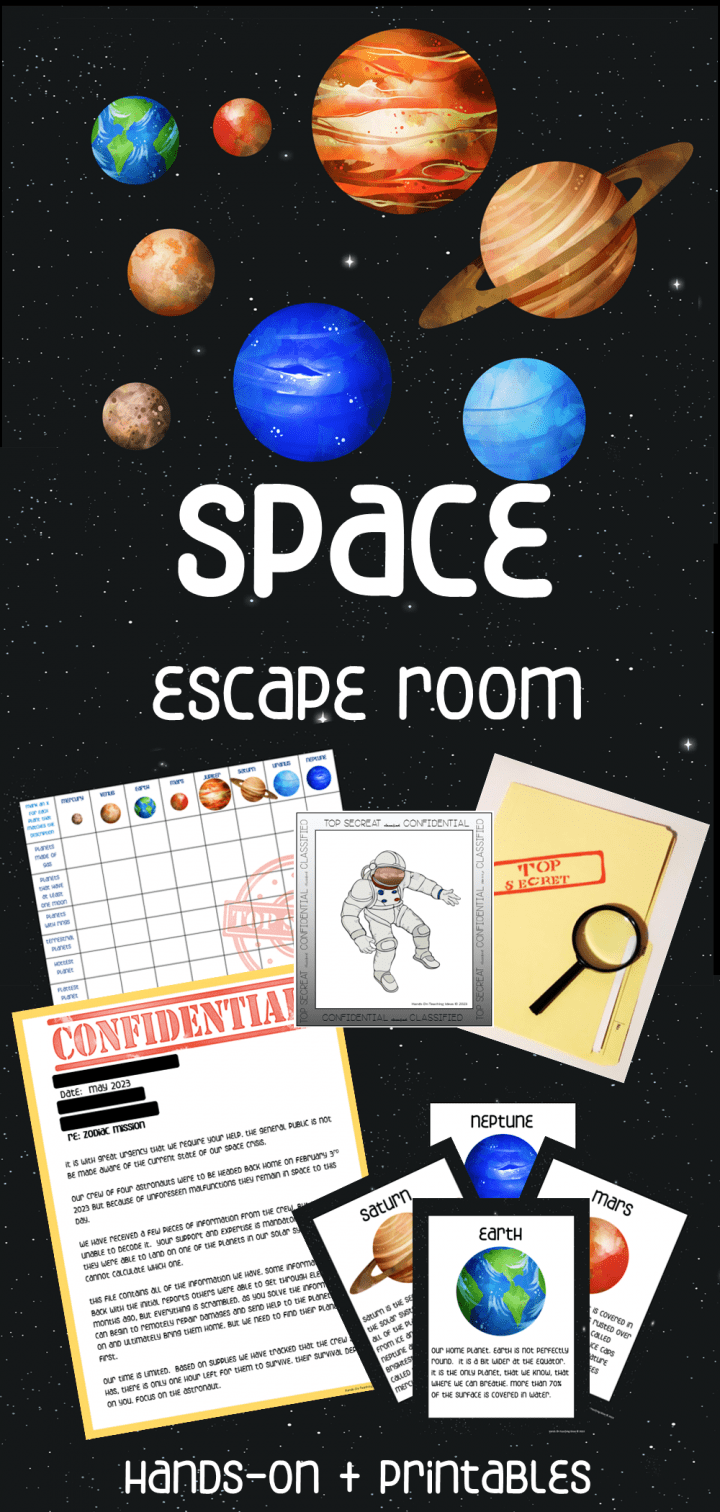
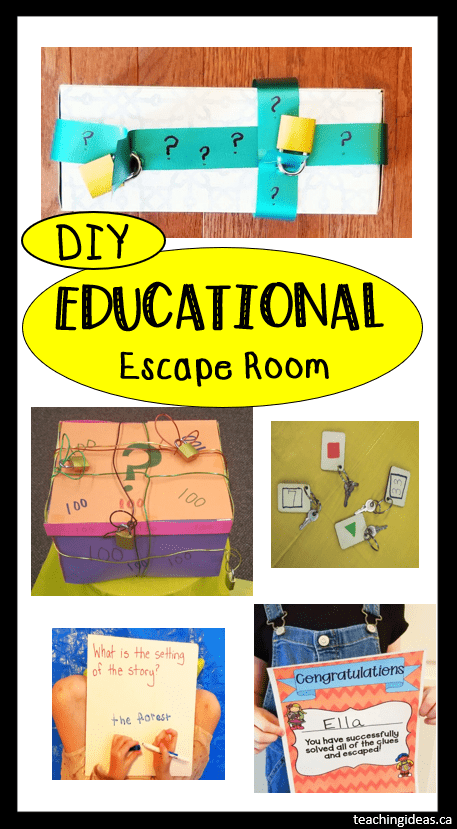
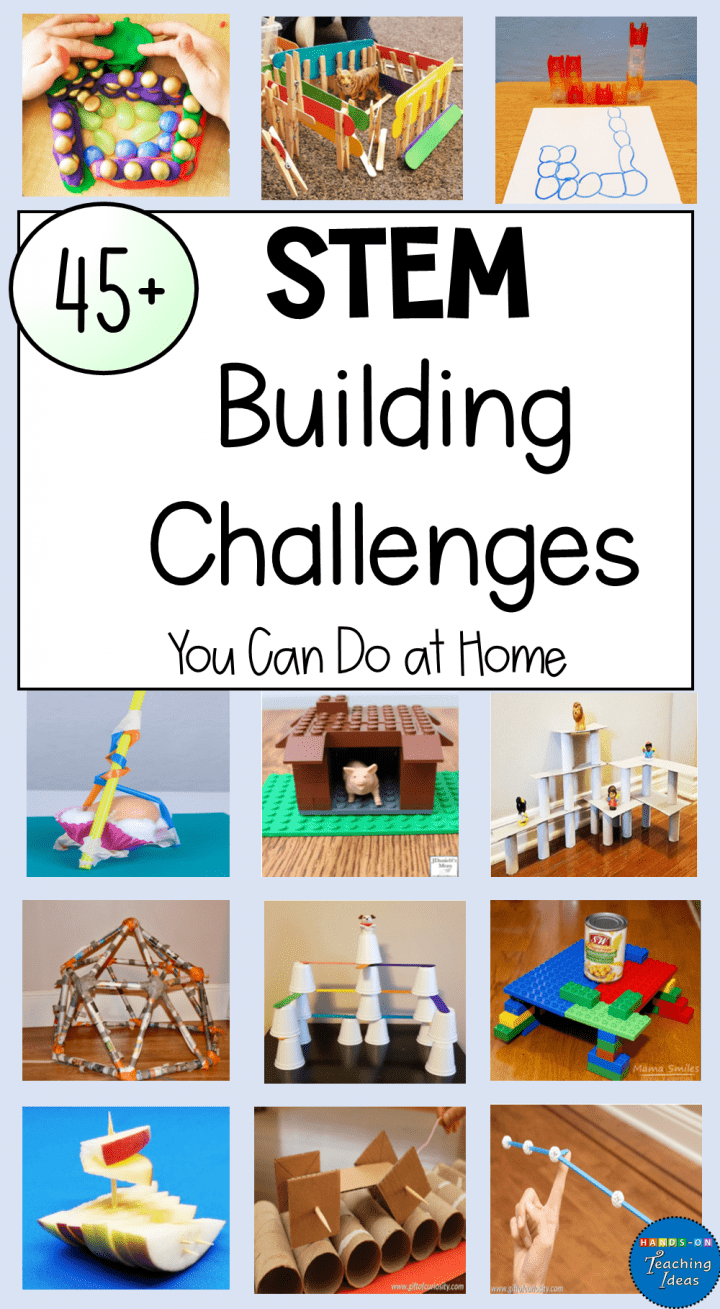
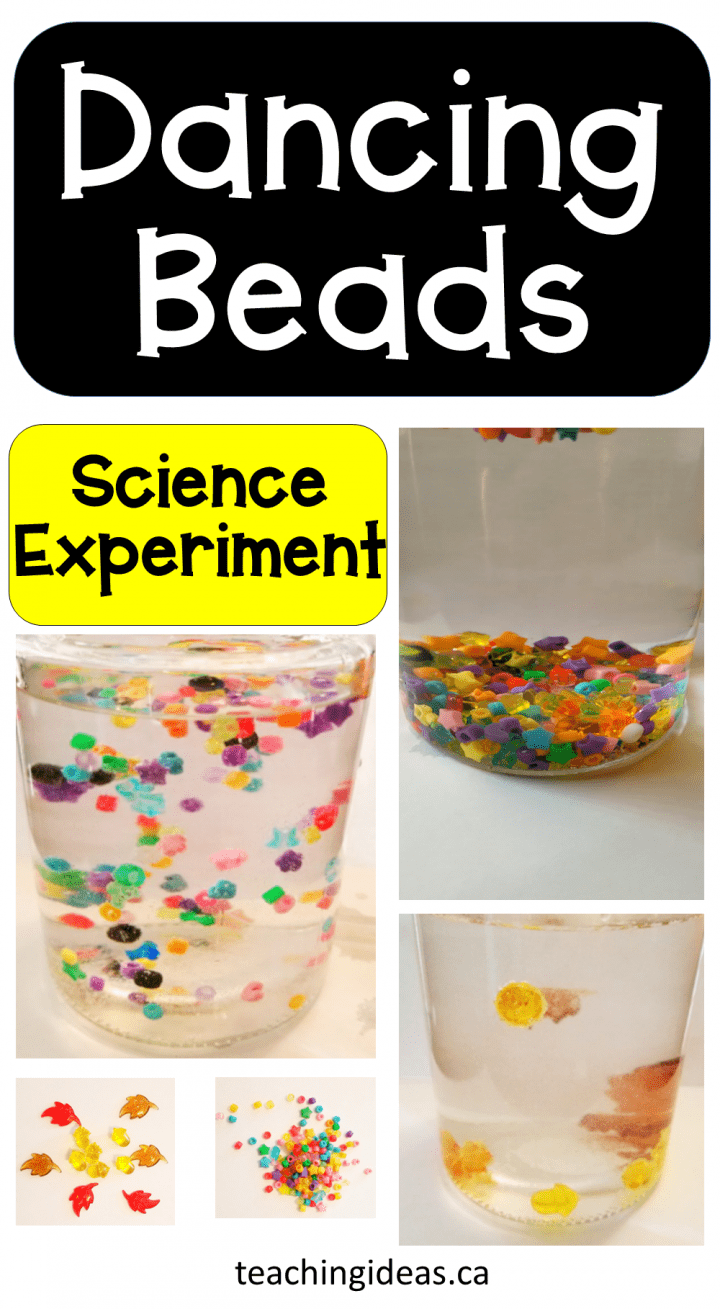
Leave a Reply